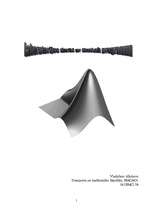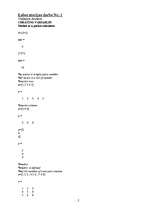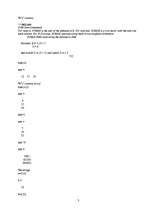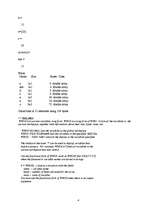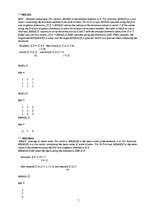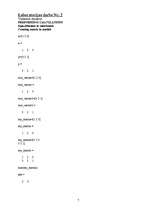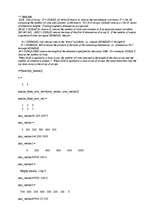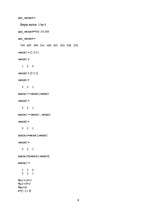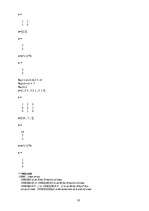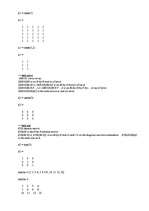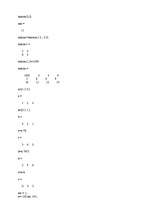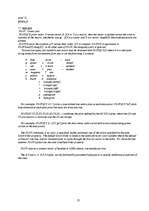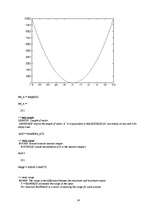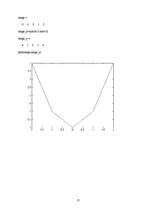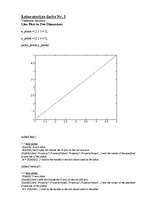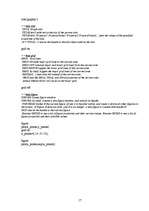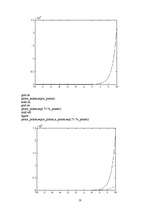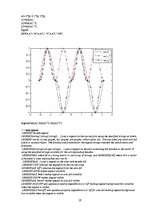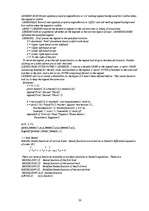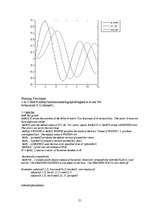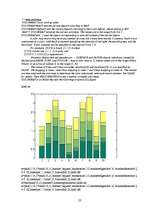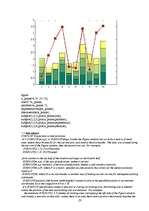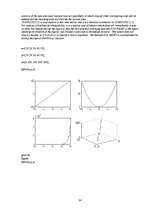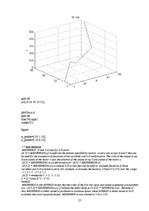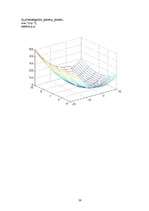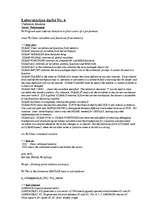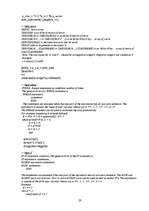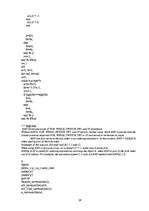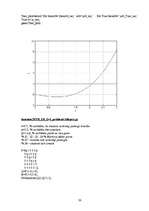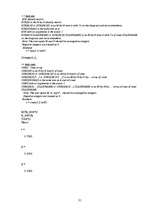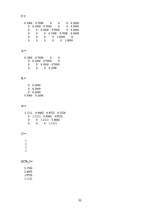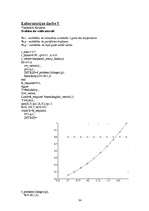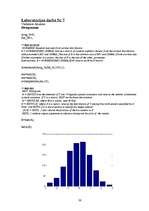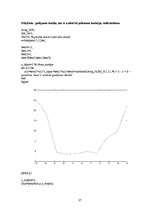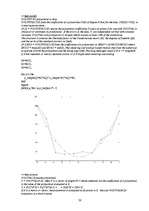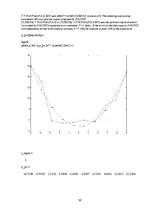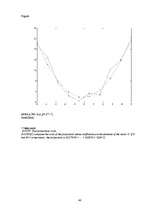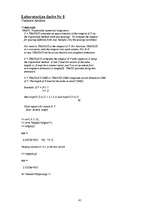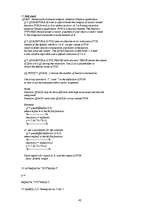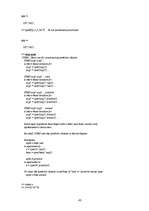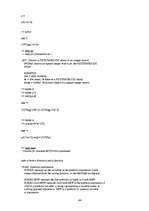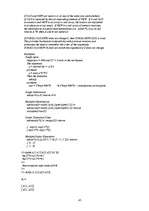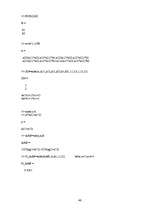-
Laboratorijas darbi ar Matlab programmu
Whos
Name Size Bytes Class
a 1x1 8 double array
ans 1x1 8 double array
b 1x1 8 double array
c 1x1 8 double array
x 1x5 40 double array
y 3x1 24 double array
z 3x3 72 double array
Grand total is 21 elements using 168 bytes
>> help whos
WHOS List current variables, long form. WHOS is a long form of WHO. It lists all the variables in the current workspace, together with information about their size, bytes, class, etc.
WHOS GLOBAL lists the variables in the global workspace.
WHOS -FILE FILENAME lists the variables in the specified .MAT file.
WHOS ... VAR1 VAR2 restricts the display to the variables specified.
The wildcard character '*' can be used to display variables that
match a pattern. For instance, WHOS A* finds all variables in the
current workspace that start with A.
Use the functional form of WHOS, such as WHOS('-file',FILE,V1,V2),
when the filename or variable names are stored in strings.
S = WHOS(...) returns a structure with the fields:
name -- variable name
bytes -- number of bytes allocated for the array
class -- class of variable
You must use the functional form of WHOS when there is an output
argument.
>>help min
MIN Smallest component. For vectors, MIN(X) is the smallest element in X. For matrices, MIN(X) is a row vector containing the minimum element from each column. For N-D arrays, MIN(X) operates along the first non-singleton dimension. [Y,I] = MIN(X) returns the indices of the minimum values in vector I. If the values along the first non-singleton dimension contain more than one minimal element, the index of the first one is returned. MIN(X,Y) returns an array the same size as X and Y with the smallest elements taken from X or Y. Either one can be a scalar. [Y,I] = MIN(X,[],DIM) operates along the dimension DIM. When complex, the magnitude MIN(ABS(X)) is used, and the angle ANGLE(X) is ignored. NaN's are ignored when computing the minimum.
Example: If X = [2 8 4 then min(X,[],1) is [2 3 4],
7 3 9]
min(X,[],2) is [2 and min(X,5) is [2 5 4
3], 5 3 5].
min(z,1)
ans =
1 1 1
1 1 1
1 1 1
min(z,2)
ans =
1 2 2
2 2 2
2 2 2
mean(z,1)
ans =
4 5 6
>> help mean
MEAN Average or mean value. For vectors, MEAN(X) is the mean value of the elements in X. For matrices, MEAN(X) is a row vector containing the mean value of each column. For N-D arrays, MEAN(X) is the mean value of the elements along the first non-singleton dimension of X.
MEAN(X,DIM) takes the mean along the dimension DIM of X.
Example: If X = [0 1 2
3 4 5]
then mean(X,1) is [1.5 2.5 3.5] and mean(X,2) is [1
4]
mean(z,2)
ans =
2
5
8
v=[a b c]
v =
10 15 20
mean(v)
ans =
15
ans =
106.2500
…
Darbi ar Matlab

